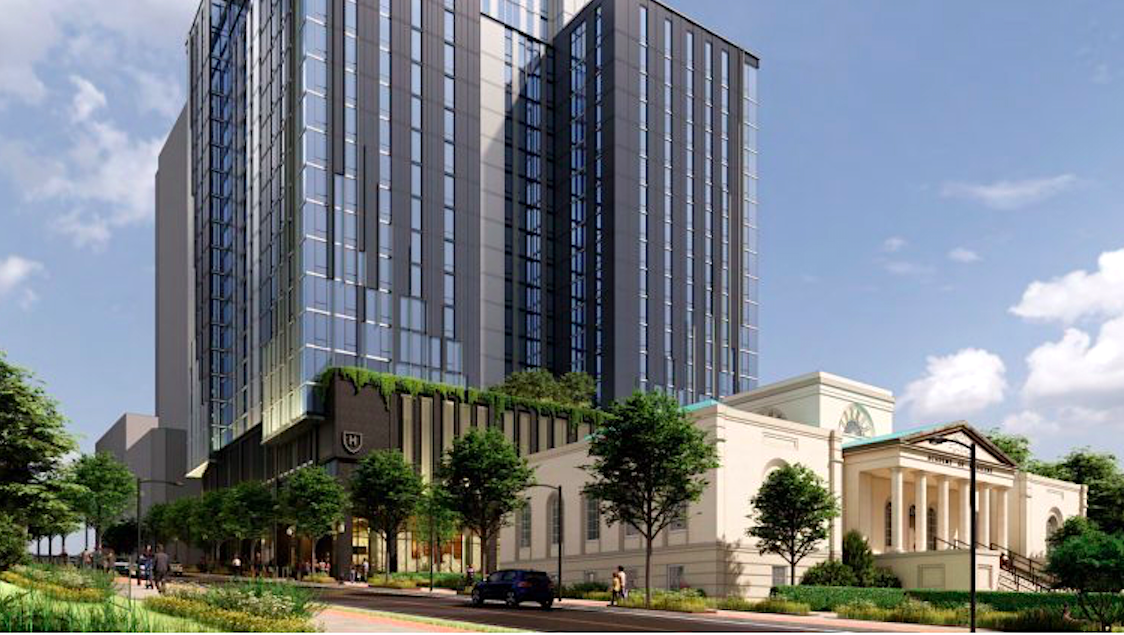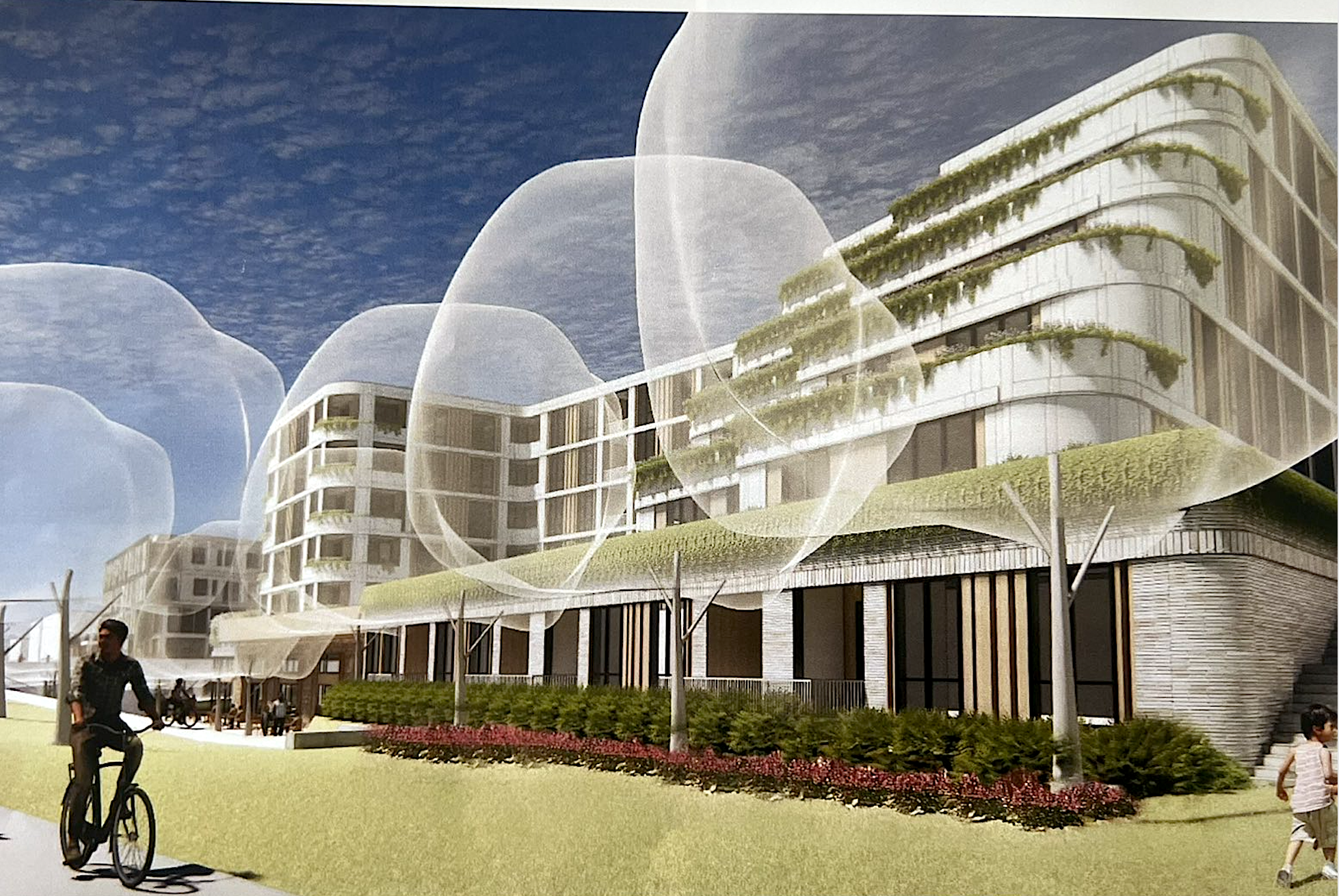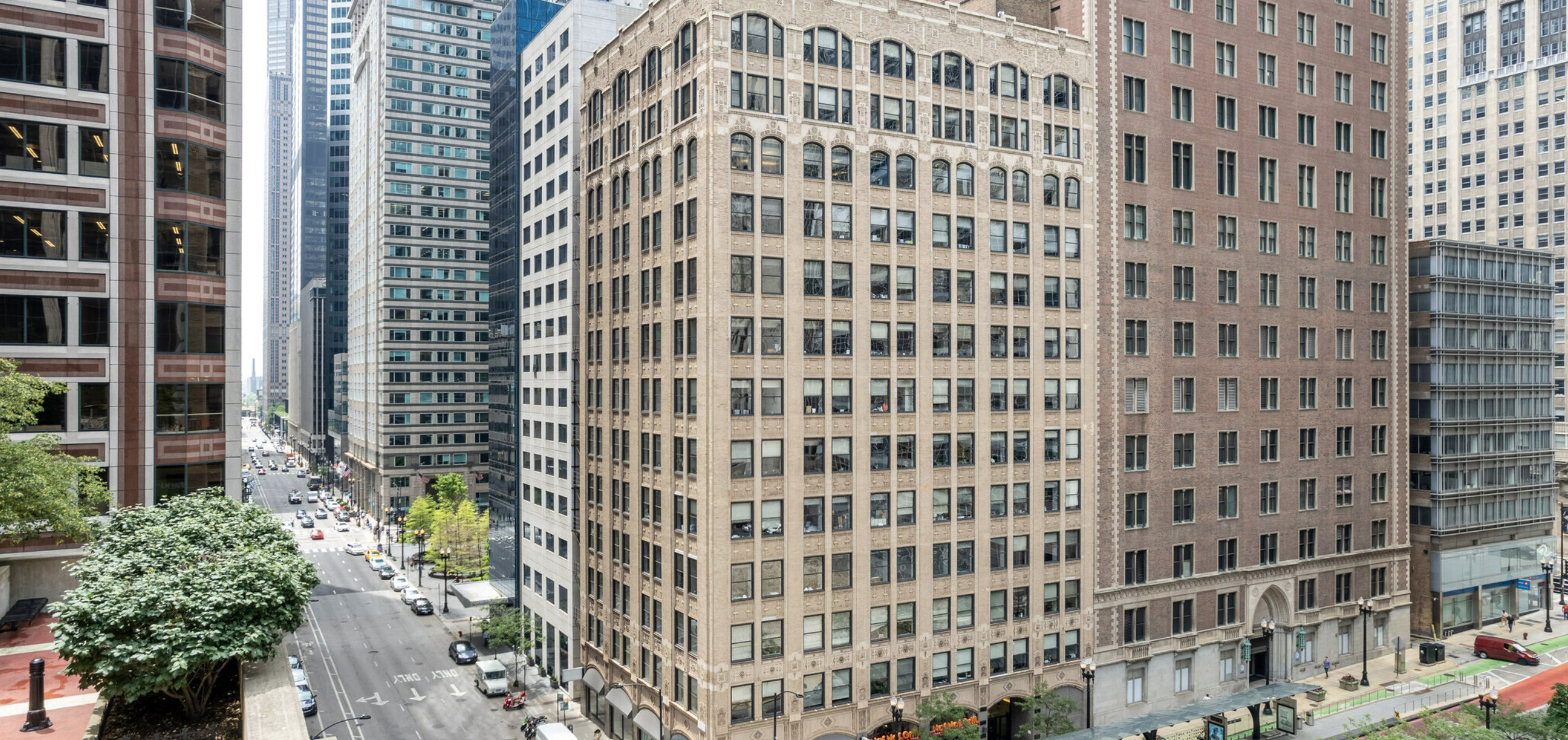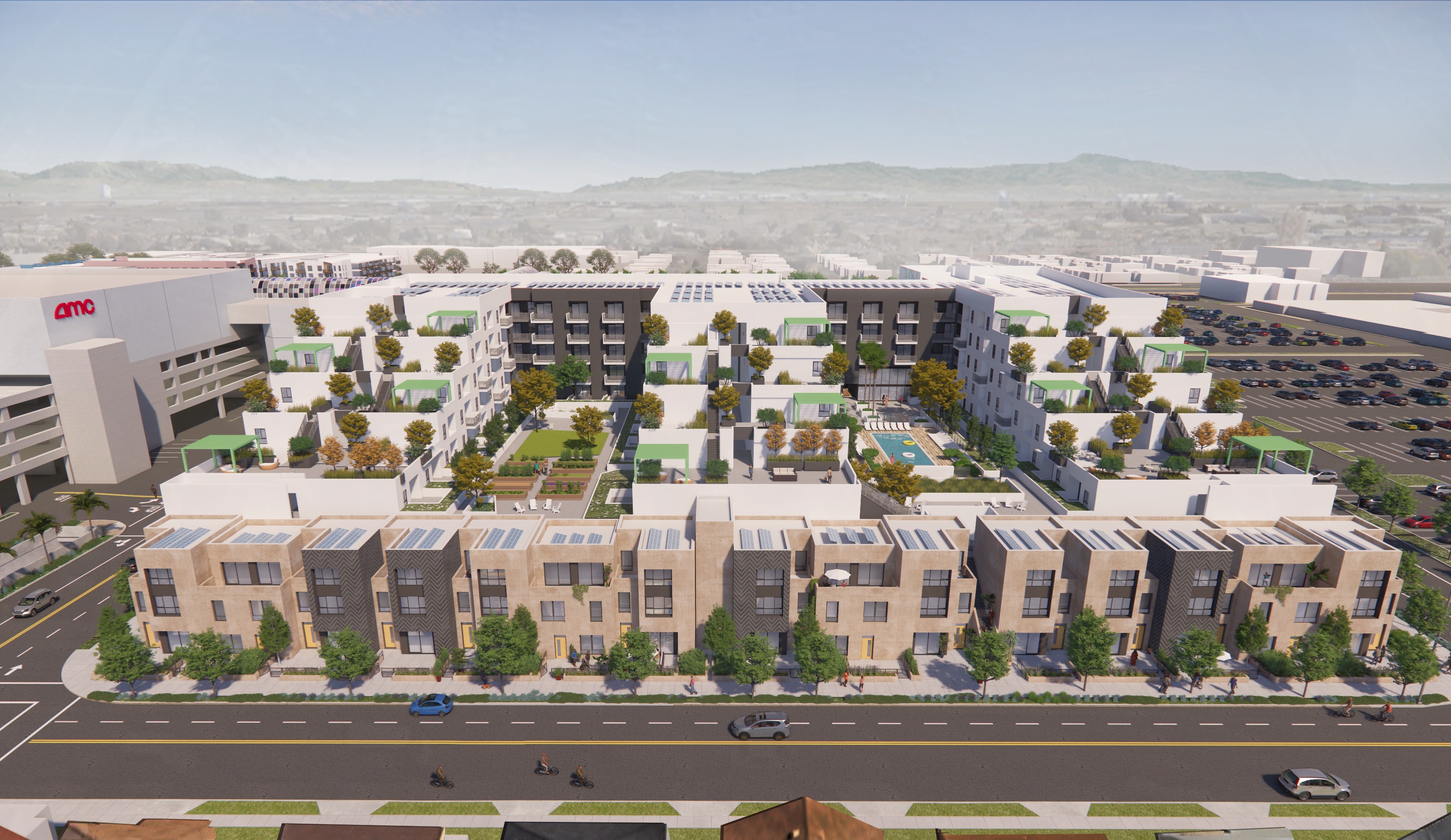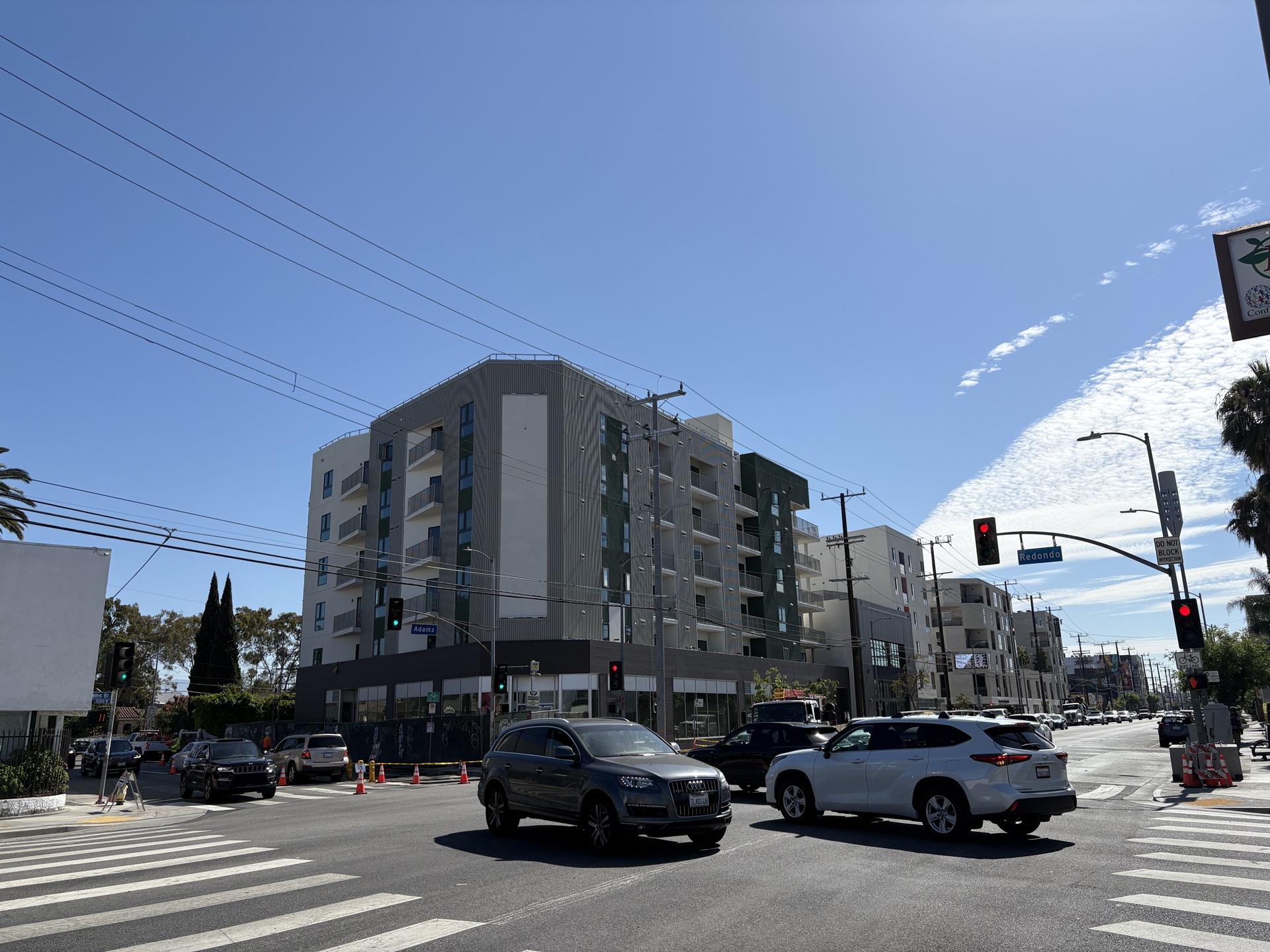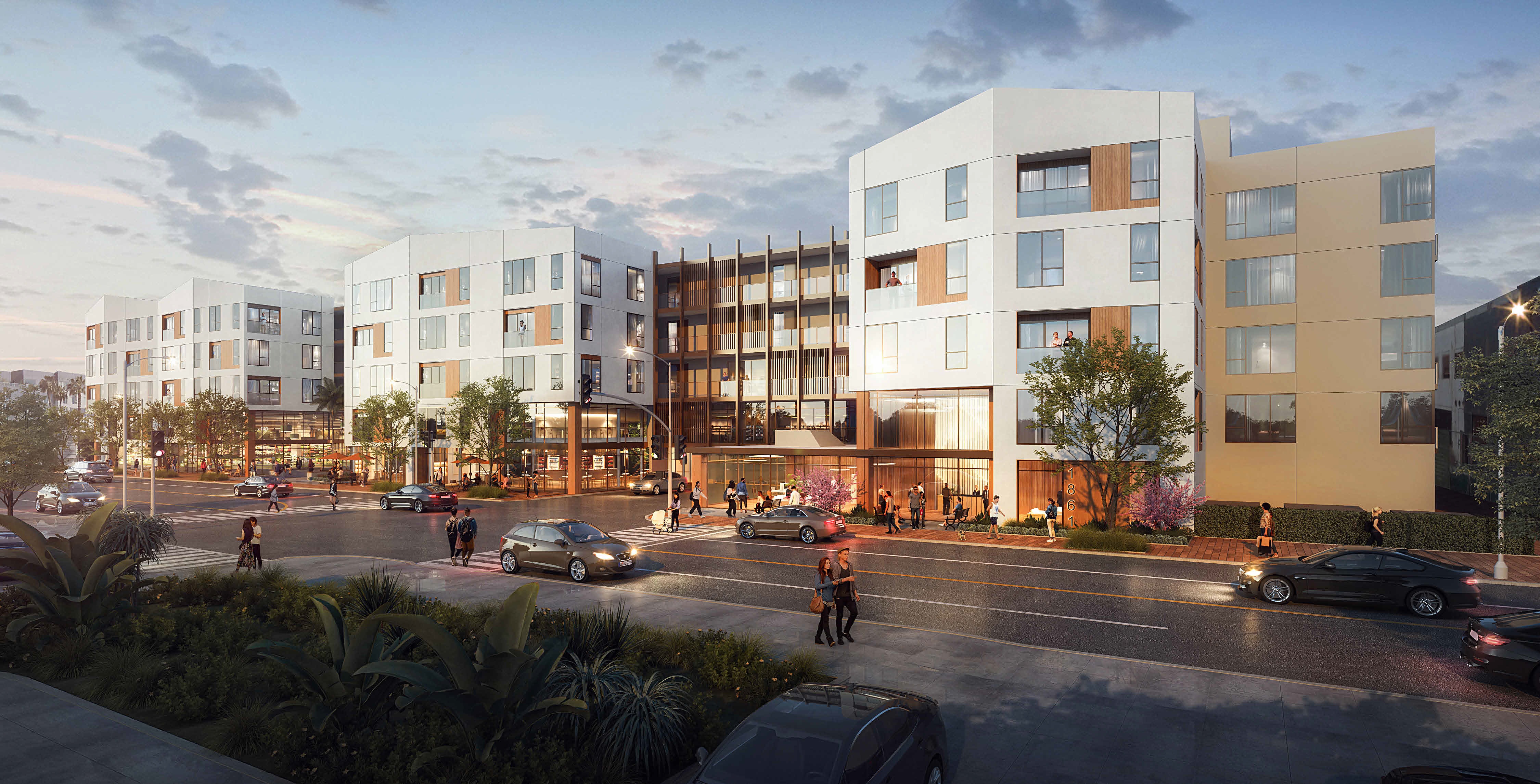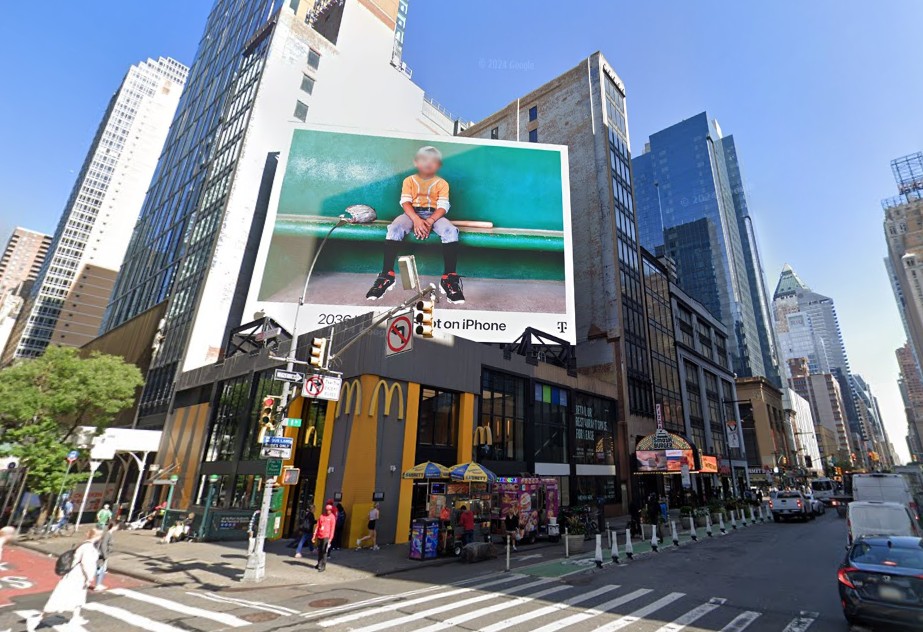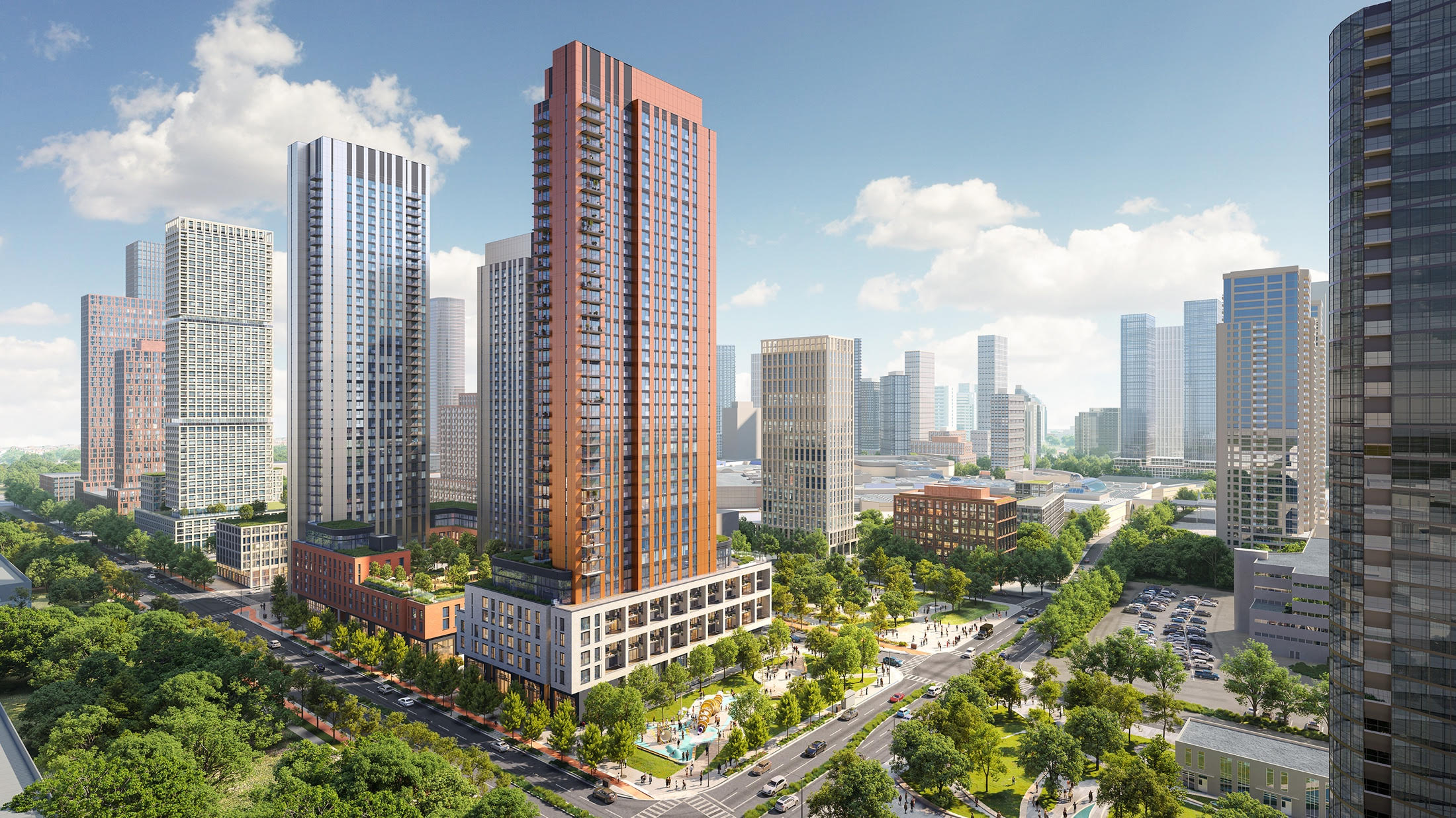Your City. Your Market. Your Next Deal.Stay up to date on national urban real estate |
|
📅 Today's Story: Parking regulations are quietly impacting urban life in ways many of us don't fully understand, contributing to higher housing costs, less efficient public spaces, and more environmental harm. It’s time to rethink the way we approach parking in cities.
TRANSPORTATION
Rethinking Parking: How Regulations Shape Urban Life |
|

A sedan parked on the street in Brighton, MA (Shutterstock)
📰 What Happened: Parking mandates, like off-street spaces for single-family homes, are driving up housing costs in urban areas with high land prices. These regs often backfire, cutting the number of public parking spaces while upping impervious surface area, which worsens environmental issues. Meanwhile, motorists end up with fewer spaces overall.
🔍 A Closer Look: Most cities require homeowners to provide two off-street parking spaces. But driveways displace public street parking, leading to fewer spaces for everyone. Driveways also increase impervious surfaces, which worsen stormwater management. Public on-street parking is far more flexible, able to serve residents, visitors, and service vehicles.
🧠 Why It Matters: Many cities are starting to take a different approach to eliminate or reduce parking minimums, allowing homeowners and developers to decide how many spaces are needed based on actual demand. This can lower housing costs, reduce environmental harm, and improve the efficiency of public parking spaces.

A typical urban parking space costs about $1,200 annually (Planetizen)
| MidtownOn one of Midtown's 'last major undeveloped parcels,' project scope increasesHub Cypress now calls for multiple phases, development partnership near Georgia Tech |
| ReynoldstownVision for Reynoldstown project over Beltline starts becoming clearerDeveloper behind Star Metals District, partners aim to finalize designs along Eastside Trail soon |
| The LoopZBA approves variations for residential conversion at 309 W. WashingtonThe 13-story office building would become home to 84 apartments |
| The LoopLandmarks approves Class L for adaptive reuse redevelopment of 135 S. LaSalleThe residential conversion plan calls for 386 apartments and retail |
| Redondo BeachHousing planned for west side of Redondo Beach's South Bay GalleriaTerraced 350-unit apartment building would replace surface parking lot |
| West AdamsMixed-use project unwrapped at 5217 W. Adams BoulevardThe latest CIM Group development along West Adams |
| SawtelleMixed-use apartment building planned at 1861 S. Bundy Drive in SawtelleHudson Pacific Properties to redevelop part of Element LA office campus |
| MidtownManhattan Asset Changes Hands for $62MThis property previously traded for $48 million eight months ago. |
| Bendale SouthOxford begins construction on $750M rental community in ScarboroughAlta is the largest single-phase purpose-built rental development under construction in Toronto and will deliver 1,285 new rental homes, including 268 affordable units. |



